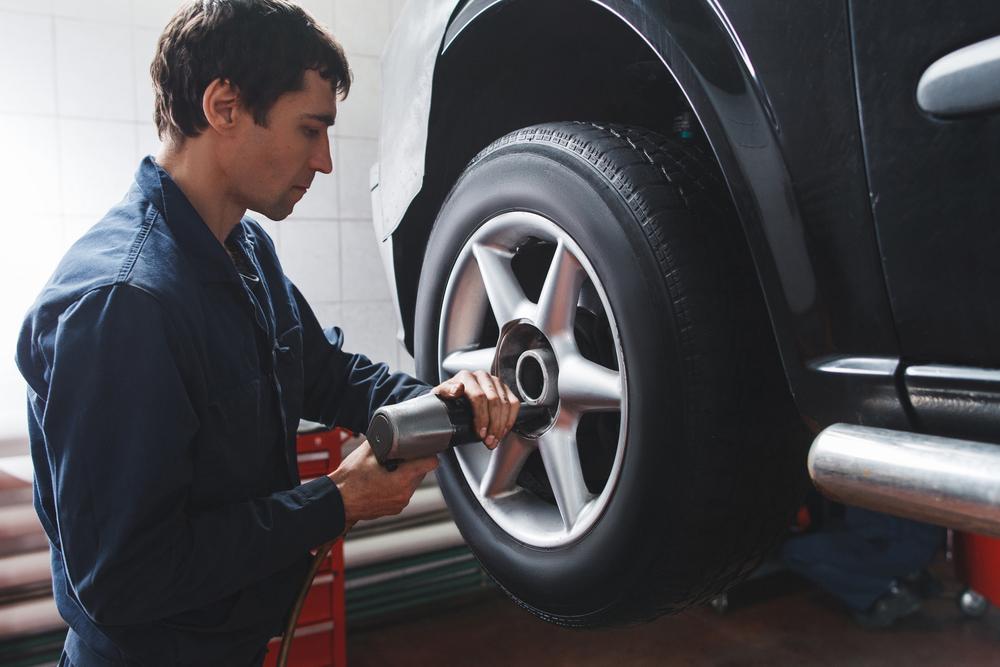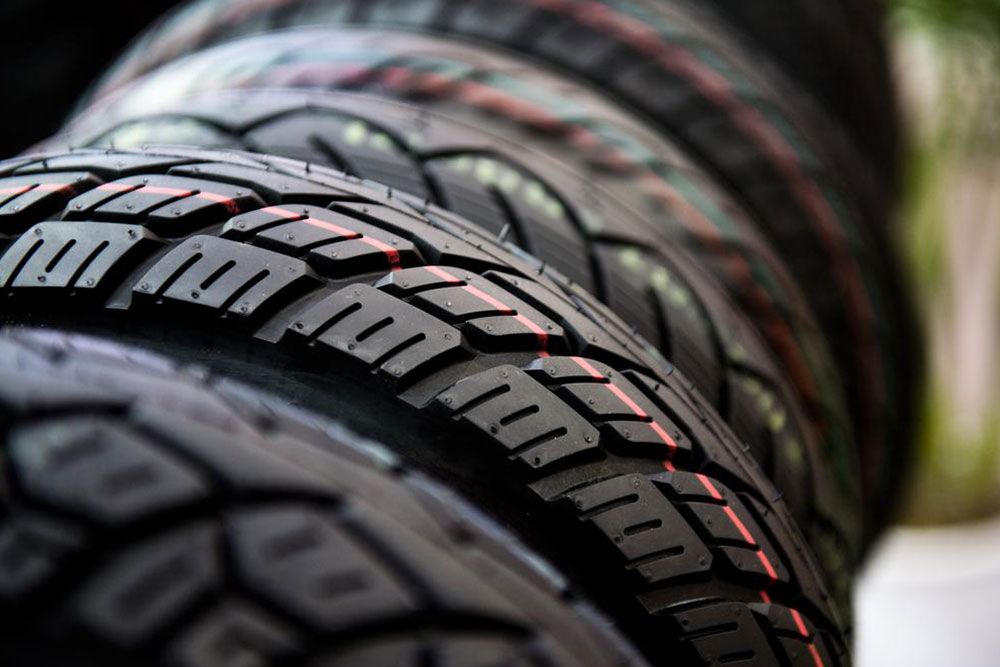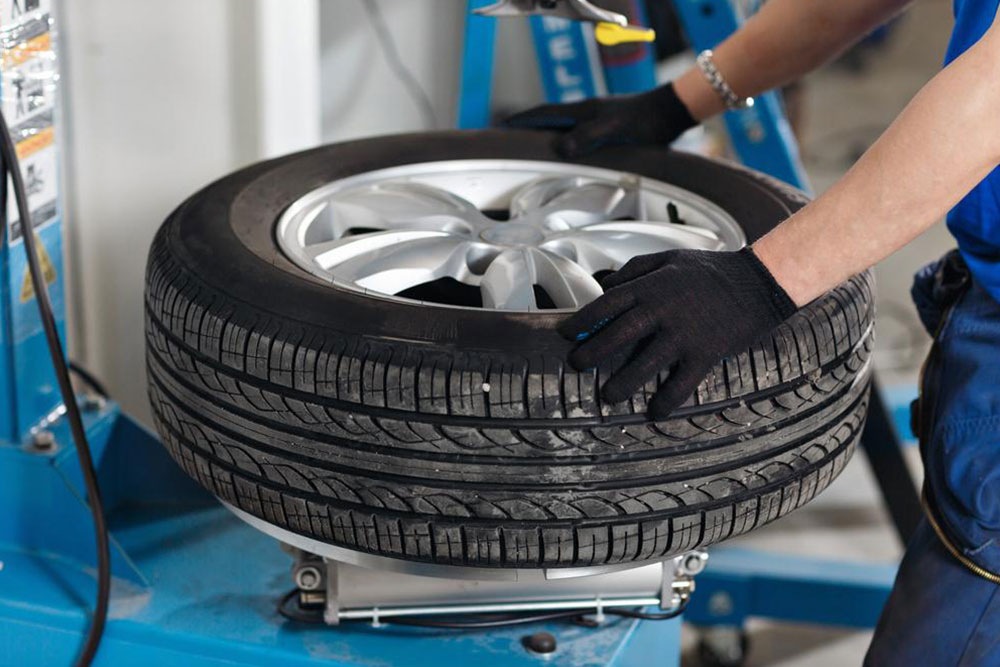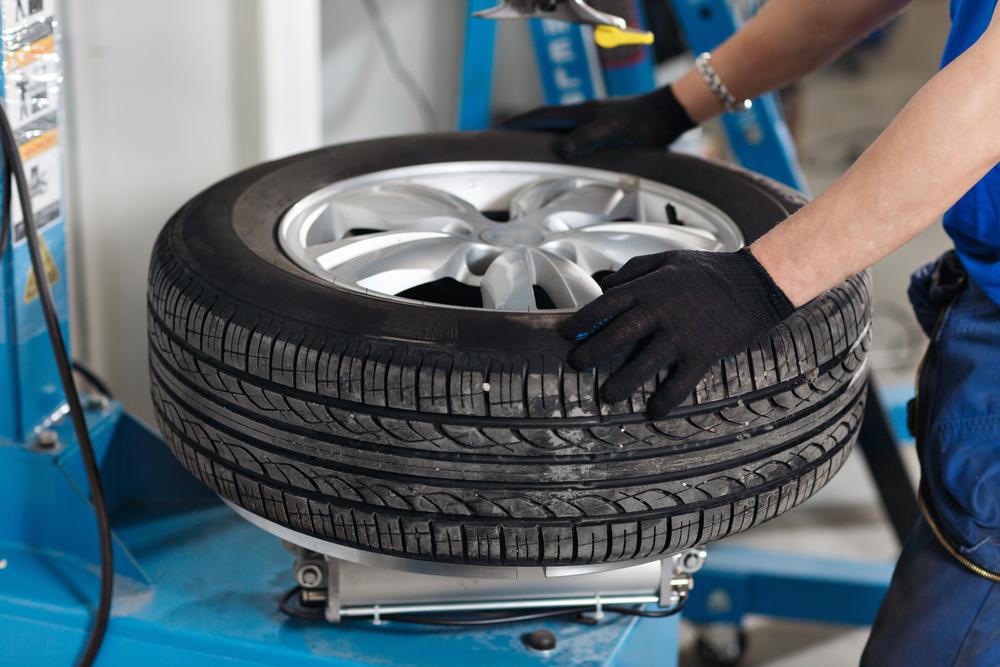Comprehensive Guide to Seasonal Tire Maintenance and Safety Tips
This comprehensive guide details essential tire maintenance tips for different seasons, including inspection routines, proper storage, and adapting to weather conditions. Regular tire care enhances safety, extends tire lifespan, and improves vehicle performance in all weather scenarios. Learn how to properly transition between seasons, maintain optimal tire pressure, and ensure safety during harsh weather, ultimately protecting your investment and ensuring peace of mind on the road.
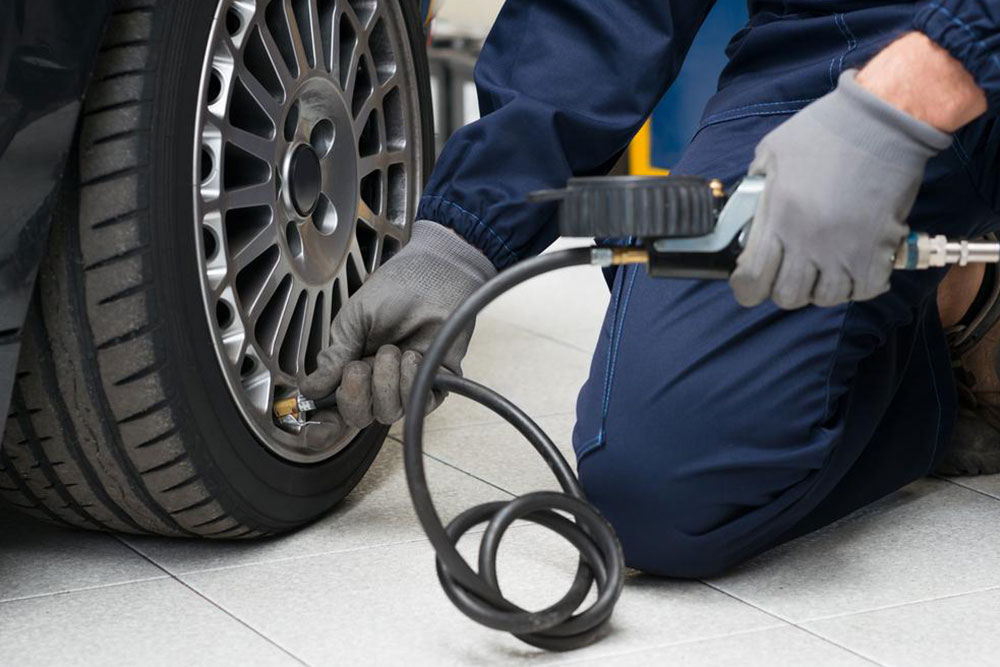
Comprehensive Guide to Seasonal Tire Maintenance and Safety Tips
Keeping your tires in optimal condition is one of the most important aspects of vehicle maintenance that directly impacts safety, performance, and fuel efficiency. Whether you're preparing for winter's chill or summer's heat, understanding how to properly care for your tires through seasonal changes is essential. Worn or damaged tires significantly increase the risk of accidents, especially during periods of unpredictable weather, such as snow, rain, or intense heat. Proper seasonal tire care can extend the lifespan of your tires and ensure your vehicle operates smoothly regardless of weather conditions.
Monthly Tire Inspection Routine
The Rubber Manufacturers Association (RMA) recommends a dedicated five-minute check each month to monitor your tires' condition. This routine inspection is vital for spotting early signs of wear, damage, or improper inflation, which can compromise safety and efficiency. During these inspections, look for tread wear patterns, cracks, punctures, bulges, or any foreign objects lodged in the tire. Maintaining awareness of your tires' condition allows for timely replacements or repairs, helping prevent accidents and avoid costly repairs in the future.
Proper Storage and Handling of Tires
Storing tires correctly during off-seasons is crucial. Keep tires away from substances that can accelerate deterioration, such as chemicals, oils, and electrical equipment that emit ozone, which can weaken rubber compounds over time. When storing tires in your garage or storage unit, choose a cool, dark, and low-humidity environment. This prevents premature aging and cracking caused by exposure to sunlight, heat, and ozone. Remember to clean your tires thoroughly with soap and water before storage, removing any debris, dirt, or corrosive substances.
During colder months, cold weather causes the air inside tires to contract, reducing tire pressure. Regularly check tire pressure with a reliable gauge and maintain the manufacturer's recommended psi levels to ensure optimal contact with the road, enhancing safety and fuel efficiency. Under-inflated tires can lead to increased wear, decreased fuel economy, and higher risk of blowouts. Over-inflation, though less common, can cause uneven tread wear and a rougher ride.
Seasonal Transition Tips
Switching between summer and winter tires requires careful planning. For winter, ensure your tires have adequate tread depth—at least 6/32 inches—to provide good traction on snow and ice. Consider investing in winter tires or all-season tires rated for low temperatures. Before installing seasonal tires, inspect for cracks or damage, and balance them to avoid vibrations and uneven wear.
During summer months, check for tire degradation due to prolonged exposure to sunlight and heat, which can cause rubber to become brittle. Maintain proper inflation and ensure alignment and suspension components are in good condition to prevent uneven wear patterns. Proper tire alignment prevents pulling or wobbling and extends tire life. Regular rotation, roughly every 5,000 to 7,500 miles, ensures even wear across all tires, increasing longevity and improving safety.
Adapting to Weather Conditions for Safe Driving
Weather impacts tire performance significantly. In rainy conditions, reduced traction can lead to hydroplaning. Keep your tires clean and treaded for maximum grip, and consider applying a water-repellent wax or protective coating. Drive cautiously in wet weather, slowing down and maintaining a firm grip on the wheel. Also, check tire pressure before embarking on long trips, especially in fluctuating weather seasons.
Windy and stormy conditions require slower speeds and greater braking distances. Ensure your tires are properly inflated, and be attentive to road hazards like debris and puddles that can cause tire damage or loss of control. Snow and icy conditions demand winter tires with suitable tread patterns and quality rubber compounds designed for low temperatures. Equip your vehicle with chains or snow socks if necessary, and drive at reduced speeds.
Enhancing Safety and Longevity with Proper Maintenance
Routine maintenance and attention to seasonal changes significantly enhance your vehicle's safety and your driving experience. Remember, neglected tires not only jeopardize safety but also lead to higher fuel consumption and increased emission levels. By establishing a regular inspection schedule, proper storage practices, and adapting your tire care to weather conditions, you can maximize your tires' lifespan and ensure safe travels all year round.
Investing time and attention into your tires is investing in your safety. Whether facing summer heat, winter snow, or rainy seasons, staying vigilant and proactive with tire care will help you avoid costly repairs, ensure optimal vehicle performance, and provide peace of mind on every journey.
